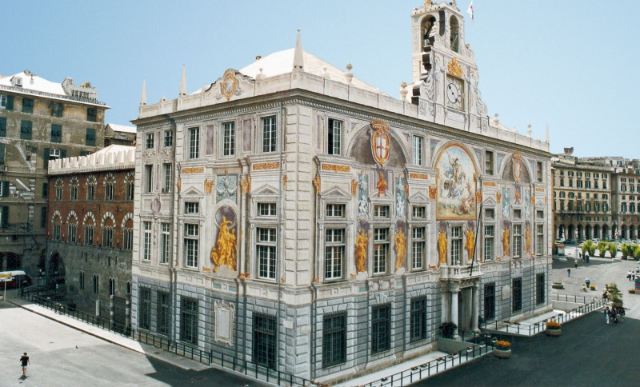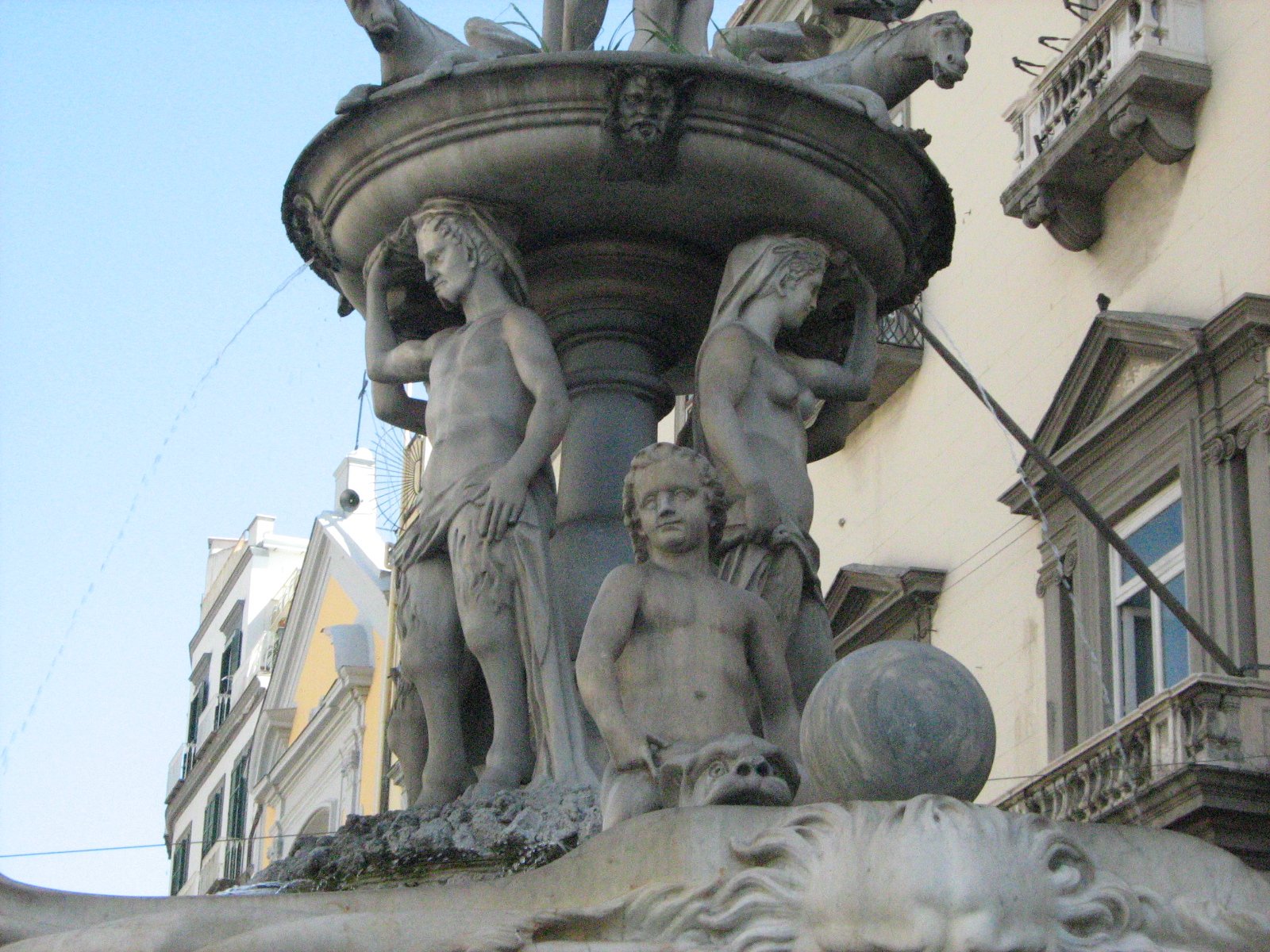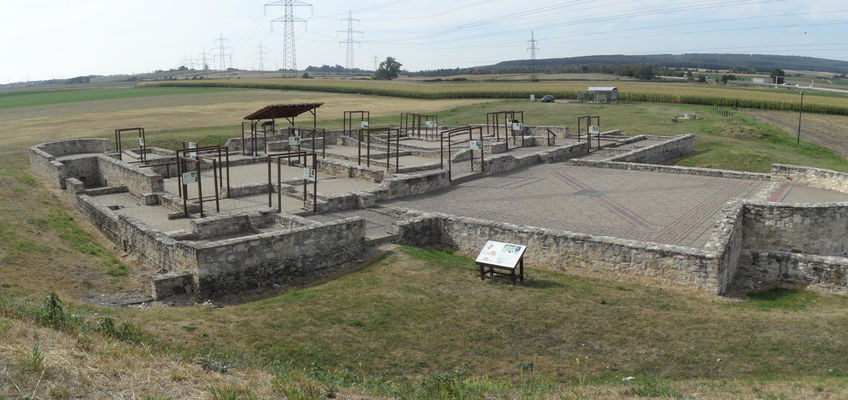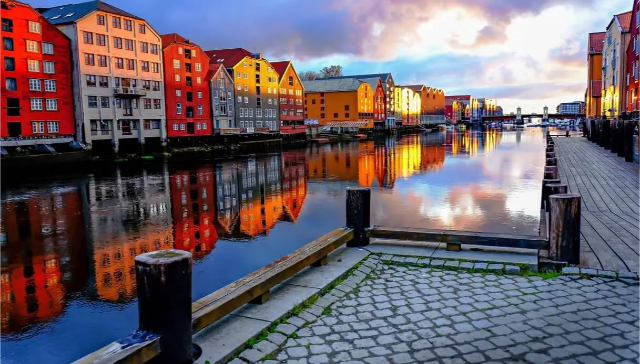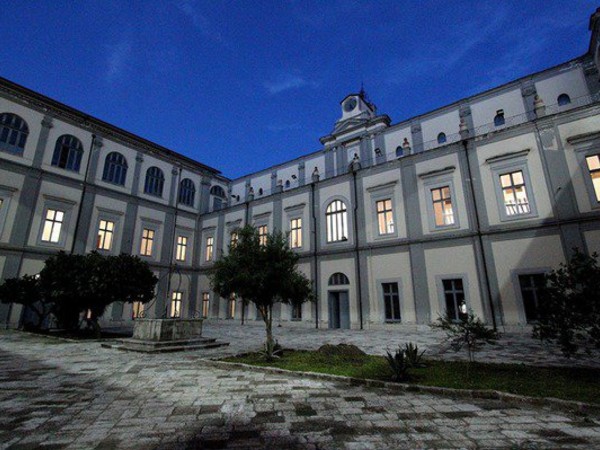The first church was erected in the 5th century on the site where St. Geminianus, the patron saint of Modena, had been buried. Around the middle of the 11th century, however, new work was begun to replace the existing church with a larger and more beautiful one, but already by the end of the same century, the people decided to build yet another one, as the second building was not very stable. Work on the third building began in May 1099 and was carried out by the architect Lanfranco with the help of the Comacini masters, skilled masons and stone masons, and the sculptor Wiligelmo, who probably also worked on the facade. A whole range of materials from old Roman buildings were used for this architectural work.
In 1106 the body of St. Geminianus was moved to the new crypt of the basilica, with the sacred building only covered and not yet completed. Later, Campionese masters also lent their labor to the construction of said work, one among them being Anselmo da Campione, who built the bell tower and completed the cathedral.
The whole building is traversed by a series of loggias, which are at the height of the women’s galleries, and form part of blind arcades. The facade is sloping and is divided by two pilasters into three sectors, corresponding to the naves. Three portals are present, all without lunettes; the two side ones are smaller while the central one is larger in size.
l the center stands a rose window, made by Campionese masters in the 13th century, and above it the four evangelists, each depicted with its own symbol, with the Redeemer in the center. Also worth mentioning are the side doors: the Porta regia, made of pink marble while the entire cathedral is white, the Porta dei Principi and the Porta della Pescheria. The facade is surmounted by an angel made of marble clutching a flower to its breast, and since 1938 the spires have also been restored. Next to the cathedral is the Ghirlandina, the bell tower just over 86 meters high, the symbol of the city of Modena, whose name comes from the two "garlands," marble railings, that characterize it.
The church has three naves, each ending in an apse, and no transept. The chancel and choir are elevated over the crypt.


